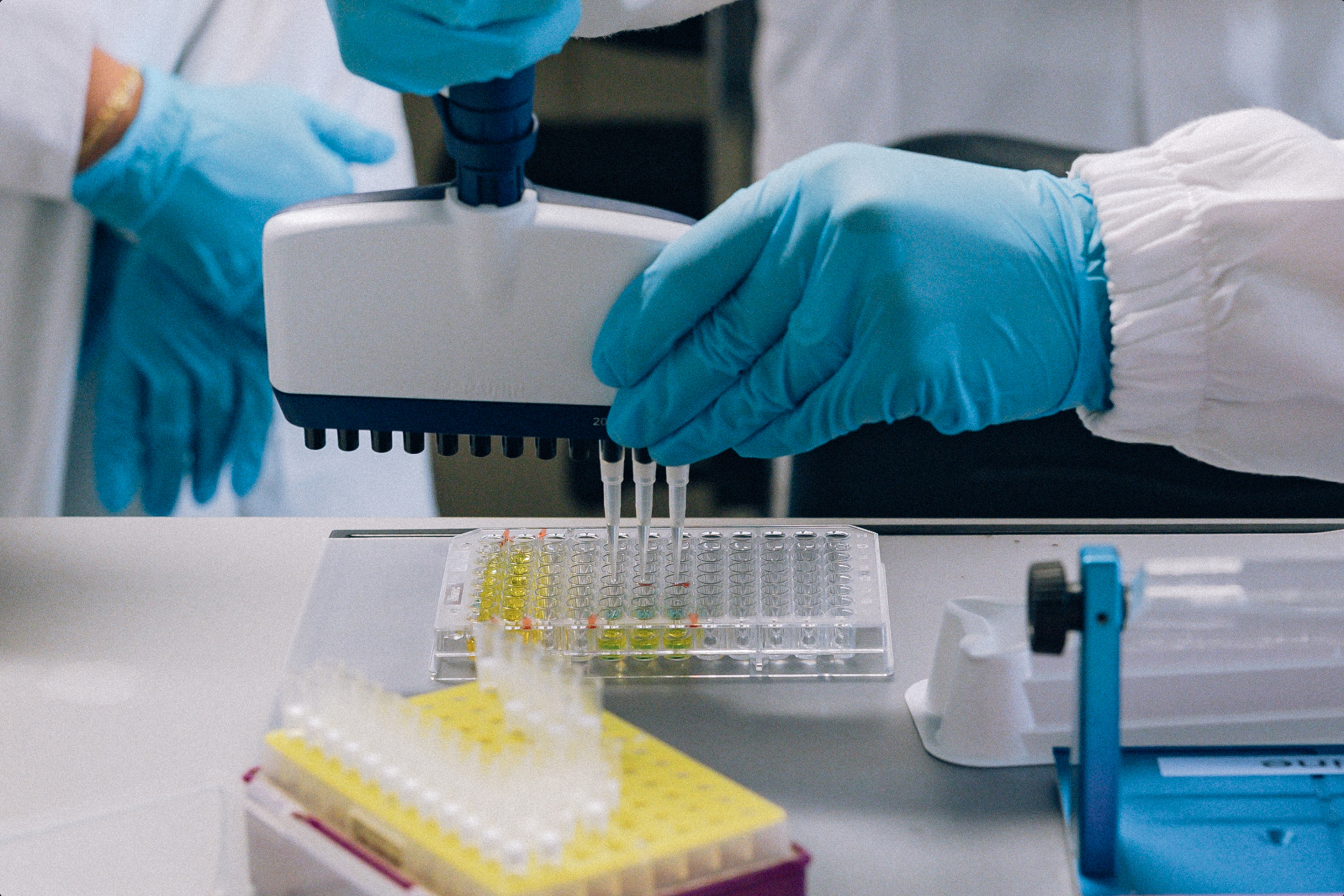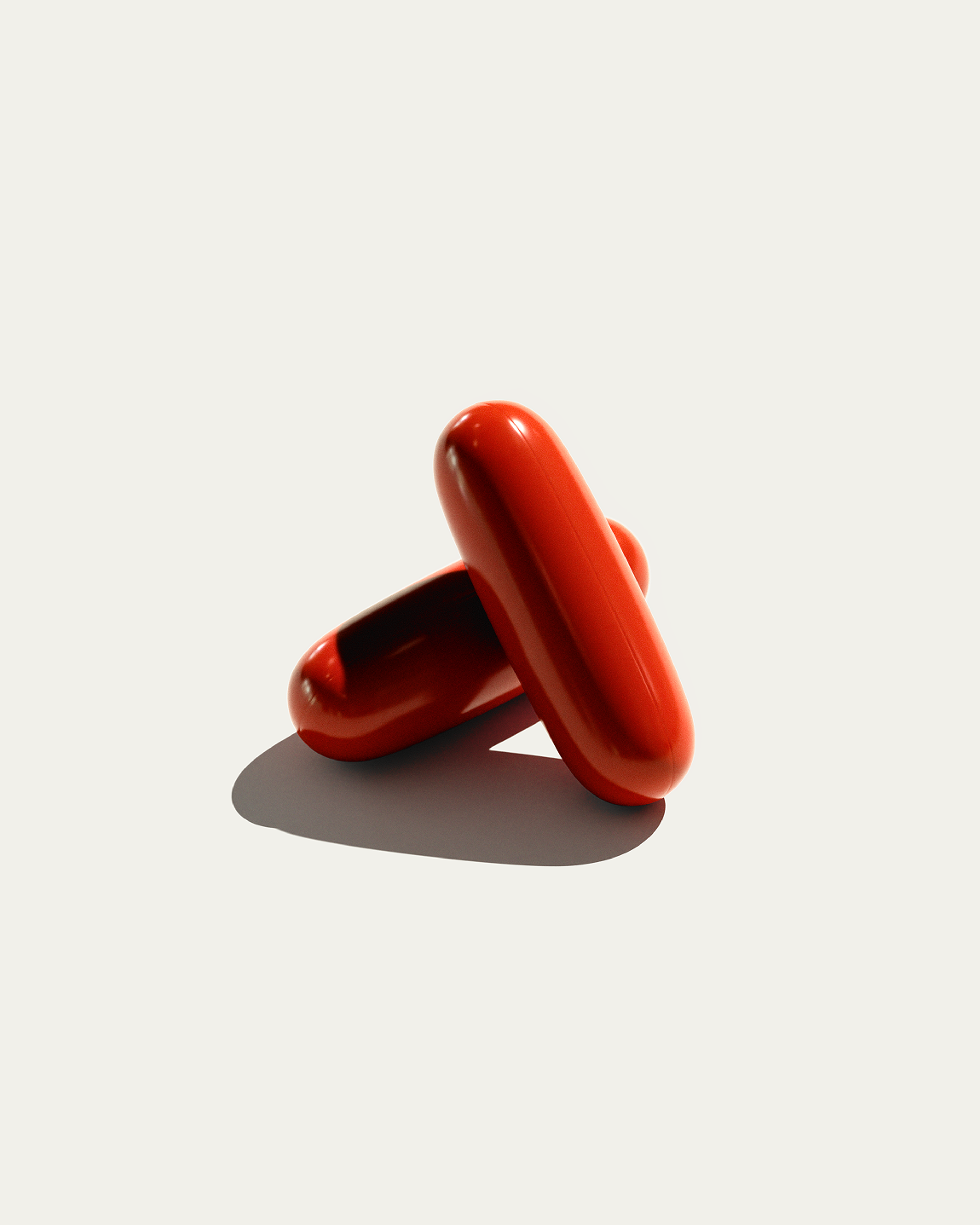How to Build Muscle - The Secret to Peak Health
Building muscle is possible at any age - and is essential for health. Learn how to build muscle effectively via nutrition, exercise, and supplements.

What to know
Strong muscles are vital for the health of everyone, not just professional athletes.
The best ways to build muscle are by eating a protein-rich diet, regular resistance training, and a focus on cellular health.
The mitochondria, energy producers of our cells, play an important role in muscle health. Mitopure® optimizes the health of our mitochondria to support muscle strength and performance.
A guide to muscle building
Building muscle is not just important for bodybuilders and elite athletes, as muscles are a vital aspect of health and fitness for everyone. But if you’re like many people, you may not know how to build muscle effectively and think it’s solely about lifting weights.
There are plenty of reasons to prioritize muscle building - it keeps your body strong as you age, reduces the risk of injury, and helps you perform everyday tasks with more ease.
Our muscle mass declines at an average of 3-8% each decade, starting at age 30. Then, this rate accelerates after age 60. While this is the norm, you can slow down this loss by focusing on muscle-building habits like proper nutrition, exercise, and supplements that support the health of your muscles at the cellular level.[1]
In this article, we’ll discuss the link between muscle mass and overall health and how the mitochondria, our cellular powerhouses, play a role in muscle health. We’ll also share key nutrition and exercise recommendations to build muscle in your 30s, 40s, and beyond.
What is muscle?
Muscle is a soft tissue, as opposed to hard tissues like bone or connective tissue like tendons and ligaments. Your muscles are what hold you together and facilitate all of your movements, and they control many necessary body functions involved in your day-to-day activities, such as:
- Enabling you to be mobile and maintain physical balance and stability
- Walking, sitting, standing, or touching your toes
- Maintaining proper posture and reducing the risk of injury
- Regulating heartbeat and breathing
- Supporting the digestive process
- Storing nutrients like carbohydrates and amino acids
- Helping regulate body temperature
- Playing a role in our vision

There are over 600 types of muscle in the human body, categorized into 3 types:
1. Cardiac: This is the type of muscle found in the heart. It contracts to pump blood throughout the body to maintain proper health, blood flow, and blood pressure. Contrary to skeletal muscle, cardiac muscle contractions are considered involuntary, meaning they work without conscious control.
2. Smooth muscle: This type of muscle is found in the walls of various organs and structures, such as the esophagus, stomach, intestines, lungs, uterus, and blood vessels. These muscles are also involuntary, contracting automatically with our conscious control.
3. Skeletal: These are the muscles you’re probably most familiar with, as they form the bulk of the body’s muscle mass. They work with your bones, tendons, and ligaments and enable us to perform voluntary active movements like walking, running, lifting, and other physical activities.
Skeletal muscle is considered a voluntary muscle type, meaning you have control over how and when it moves.
You have the power to build up this type of muscle as long as you know the right tools to do so!
Research is mounting on the importance of skeletal muscle health, in particular for healthy aging. Mitochondrial health is key to muscle health, with research demonstrating that muscle strength and endurance may be amplified when you have more healthy mitochondria - the energy producers of our cells.[2]
Understanding Muscle Building
Muscle building, also known as hypertrophy, involves much more than simply lifting weights. It’s a complex process that occurs over time through proper nutrition, performing the right types of exercises, and scheduling recovery days to let the results sink in.
In order to understand how it all works, let’s dive into a few key terms to know.

Hypertrophy
Hypertrophy is the technical term for when muscles grow. Specifically, the muscle cells grow in size when the amount of protein synthesis (protein creation) is greater than the amount of protein breakdown. This happens when you increase the number of repetitions and sets in a given workout over time. This type of training requires you to lift at a lower weight but for more repetitions. An example is lifting a weight at 50% of your 1-repetition maximum for sets of 15+ repetitions.

Strength training
Strength training is exactly what it sounds like - training to build strength. This means improving your ability to move more weight over a given distance. This type of training requires you to lift at a higher weight for fewer repetitions. An example is lifting a weight at 80% of your 1-repetition maximum for sets of 3 to 5 repetitions.
Hypertrophy vs strength training: While the two may be used interchangeably by some, they are not technically the same thing. Hypertrophy is typically achieved by performing many repetitions at a lower weight, but strength training requires lifting very heavy weights for only a few repetitions. Performing both hypertrophy exercises and strength training are necessary and beneficial in their own way for muscle growth and health.

Progressive overload
Progressive overload is when you gradually increase the weight, frequency, or intensity (e.g., the number of reps) in your strength training routine over time. This challenges your body and builds muscle strength. Progressive overload training is necessary for building muscle because you need to increase the stimulus for your body to continue adapting.
Muscle turnover
Muscle turnover refers to the continuous cycle of breakdown and synthesis (i.e., building up) of muscle in the body. This is a normal process for maintaining a healthy amount of muscle and occurs regardless of resistance training, but resistance training can also help this process. It can be broken down into two key steps:
- Muscle protein synthesis: The process where your body uses amino acids (protein-building blocks) to build new muscle tissue. These amino acids are either recycled from your existing muscle or found in your diet.
- Muscle protein breakdown: In this phase, the body breaks down its own muscle protein into individual amino acids. These are then recycled into new muscle proteins, used for energy, or utilized for other purposes in the body.
Resistance exercise and adequate protein intake help stimulate this muscle turnover process, facilitating muscle growth. While these habits are crucial to muscle growth, intervening at the cellular level helps spearhead this process in the first place.

Exercise for muscle building
While all types of exercise are beneficial to health, resistance training is by far the best for building muscle and achieving muscle hypertrophy and strength. Rest and muscle recovery are equally important for optimal results to allow time for your body to repair and rebuild stronger muscles.
Training for muscle growth involves strengthening the entire body using different muscle groups. The American College of Sports Medicine recommends 8-10 strength training exercises that target major muscle groups at least 2–3 times per week.[3]
How long does it take to build muscle?
By following these guidelines, you may expect an average muscle gain of 1–2 pounds per month. Keep in mind that there are other factors, such as your protein intake and calorie intake, gender, and health status, that can influence your results.[4]

Nutrition for muscle building
For your body to build muscle, it needs the raw materials to do so. Getting enough protein in your diet, specifically your essential amino acids (those you must get from food) and supplements, can all help in this regard.
When you consume protein, your body breaks it down into amino acids, which are used to repair and rebuild muscle. While protein is the most essential macronutrient for building muscle, carbohydrates and fats also provide the energy required for your workouts.
In general, you should consume 1.2-1.7 grams of protein per kilogram of body weight to build muscle. For a 150-pound person, this would be 81–116 grams per day. Always consult with your doctor or registered dietitian for more personalized guidance here.[5]
Quality protein sources include lean meats like chicken, beef, fish, eggs, tofu, dairy, beans, and legumes.
In addition, incorporating a supplement like Mitopure® can help improve muscle strength and endurance at the cellular level. Mitopure works by targeting the energy-producing factories in the cell - the mitochondria.

What role do the mitochondria play in muscle health and growth
As a quick review, the mitochondria are the powerhouses of our cells. They help produce ATP (adenosine triphosphate), an energy-generating molecule from the nutrients we eat. Because of this, our mitochondria help our muscles soak in the nutrients they need to grow and support the energy needed to build them.
Just like in the case of muscle growth, the number and quality of our mitochondria also decline with age. But the good news is that you also have the ability to improve your mitochondrial health along with your muscle health through diet, exercise, and supplements.
Mitopure® has been shown to improve muscle function in clinical studies by supporting mitochondrial energy in muscle cells.[6]
Final Thoughts
Learning how to build muscle is one of the best things you can do for your health. It not only improves your health and longevity but enhances your quality of life. With more muscle, you’ll be able to perform everyday tasks with more energy, ease, and less pain.
By following a protein-rich diet and strength training regularly, your muscles will thank you. And by incorporating supplements for mitochondrial health like Mitopure®, you’ll be supporting your muscle health at its core - the cellular level.
Authors

Author
Dietitian-Nutritionist, and Health Content Writer

Reviewed by
PhD, RD CSSD
References
- ↑
Volpi E, Nazemi R, Fujita S. Muscle tissue changes with aging. Curr Opin Clin Nutr Metab Care. 2004 Jul;7(4):405-10. doi: 10.1097/01.mco.0000134362.76653.b2. PMID: 15192443; PMCID: PMC2804956.
- ↑
McLeod M, Breen L, Hamilton DL, Philp A. Live strong and prosper: the importance of skeletal muscle strength for healthy ageing. Biogerontology. 2016 Jun;17(3):497-510. doi: 10.1007/s10522-015-9631-7. Epub 2016 Jan 20. PMID: 26791164; PMCID: PMC4889643.
- ↑
Schoenfeld BJ, Ogborn D, Krieger JW. Effects of Resistance Training Frequency on Measures of Muscle Hypertrophy: A Systematic Review and Meta-Analysis. Sports Med. 2016 Nov;46(11):1689-1697. doi: 10.1007/s40279-016-0543-8. PMID: 27102172.
- ↑
Ribeiro,A.,Nunes,J.,Schoenfeld,B.,Aguiar,A. & Cyrino,E.(2019).Effects of Different Dietary Energy Intake Following Resistance Training on Muscle Mass and Body Fat in Bodybuilders: A Pilot Study. Journal of Human Kinetics,70(1) 125-134. https://doi.org/10.2478/hukin-2019-0038
- ↑
Carbone JW, Pasiakos SM. Dietary Protein and Muscle Mass: Translating Science to Application and Health Benefit. Nutrients. 2019 May 22;11(5):1136. doi: 10.3390/nu11051136. PMID: 31121843; PMCID: PMC6566799.
- ↑
Liu S, D'Amico D, Shankland E, Bhayana S, Garcia JM, Aebischer P, Rinsch C, Singh A, Marcinek DJ. Effect of Urolithin A Supplementation on Muscle Endurance and Mitochondrial Health in Older Adults: A Randomized Clinical Trial. JAMA Netw Open. 2022 Jan 4;5(1):e2144279. doi: 10.1001/jamanetworkopen.2021.44279. PMID: 35050355; PMCID: PMC8777576.
Disclaimer
The information in this article is for informational purposes only and should not be taken as medical advice. Always consult with your medical doctor for personalized medical advice.

·
Nutrition·
Studies·









